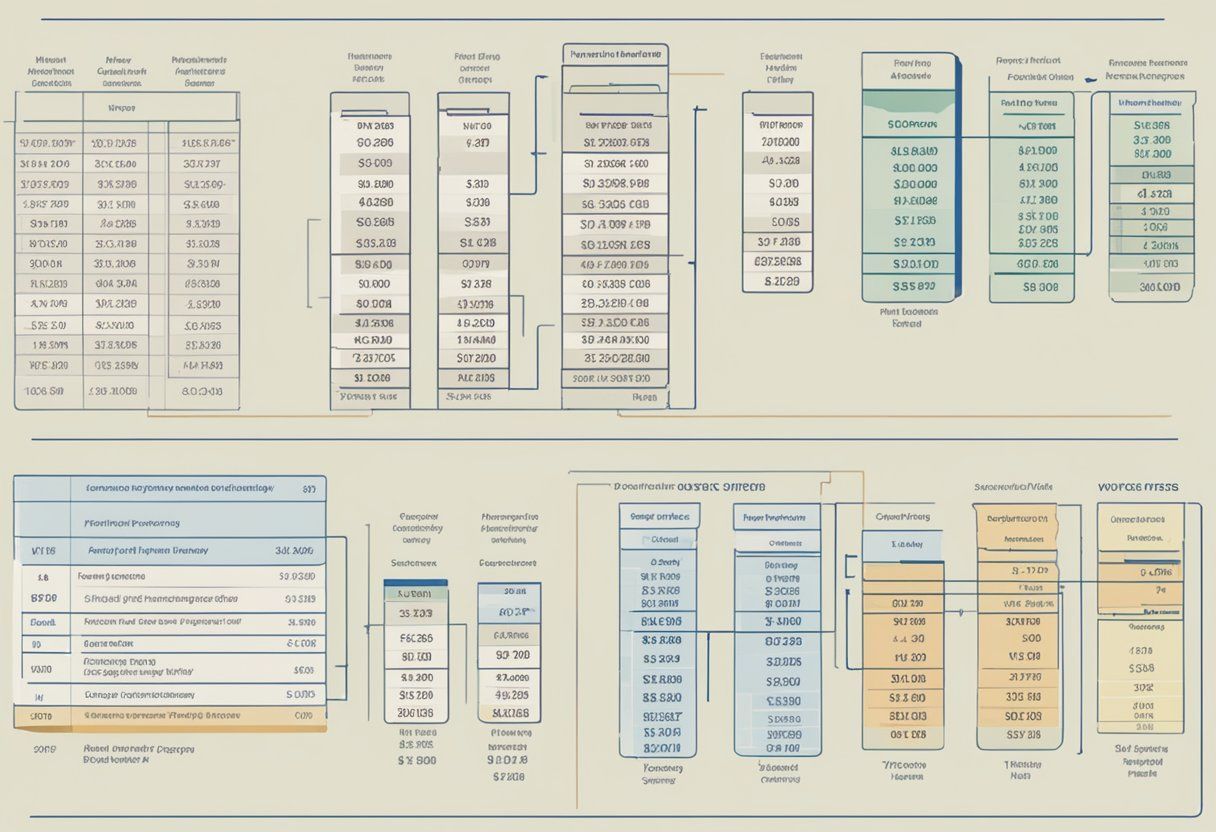BLOG
Categories
Understanding Adoption Assistance Program (AAP) Payment Structures: A Comprehensive Guide
Overview of Adoption Assistance Programs
Adoption Assistance Programs (AAP) play a crucial role in supporting families who adopt children from foster care, particularly those with special needs.
These programs aim to ease the financial burden, helping children find stable, permanent homes.
Concept and Purpose of AAP
The Adoption Assistance Program is designed to support children who might face challenges in being adopted due to special needs. These needs can include physical, mental, or emotional disabilities.
By offering financial and medical assistance, AAP helps families cover costs associated with caring for these children.
This financial aid encourages families to adopt from foster care rather than rely solely on traditional Child Welfare Services.
In addition to financial support, AAP provides child welfare services that ensure adoptive families receive necessary resources.
This can improve the child's chances of successful integration into their new home.
Federal and State AAP Structures
The payment structures of AAP are influenced by both federal and state guidelines.
Federal funds support AAP under the Aid to Families with Dependent Children-Foster Care (AFDC-FC) program, which helps reimburse states for part of the assistance provided.
State child welfare agencies negotiate the specific amount of each AAP payment.
This means the actual benefits can vary based on a child's specific needs and the state's funding capabilities.
Agreements between families and agencies, known as Adoption Assistance Agreements, outline the terms of this assistance.
They detail not just the financial support but also any additional services provided, ensuring each adoption case receives tailored attention.
AAP Eligibility and Benefits
The Adoption Assistance Program (AAP) offers various forms of support to help adoptive parents care for children with special needs. To make the most of these benefits, it's essential to understand the eligibility criteria and available financial assistance.
Determining Eligibility Criteria
Eligibility for AAP is based on several factors, primarily focusing on the child's needs.
The child must be under the age of 18 and meet specific criteria indicating special needs.
These can include being part of a sibling group, having a medical condition, or having a background in foster care.
Additional requirements may involve eligibility for other financial support programs, such as foster care maintenance payments.
To qualify, a means test is generally not applied, making it accessible for many adoptive families.
Understanding these requirements can help ensure you receive the support needed for your child's care.
Understanding Specialized Care Increments
Specialized care increments are additional payments available to families adopting children with higher needs.
These increments aim to assist with extra costs linked to caring for a child with specific medical, emotional, or behavioral conditions.
The process involves an assessment to determine the level of care the child needs.
If qualified, you'll receive payments beyond the standard adoption subsidy to help manage these additional expenses.
This support can be crucial in providing a stable, nurturing environment for a child requiring more attention.
Maximizing Financial Assistance
Nearly all adoptive parents can receive financial assistance through AAP, intended to help manage the costs of parenting a child with special needs.
This support can cover a range of expenses, ensuring that your family can provide the best possible care.
To maximize support, it's important to know how payments are calculated and the available benefits, such as Medi-Cal coverage.
Always update your records with any significant changes in income or family size, as it can affect the benefits you receive.
Taking full advantage of AAP benefits can significantly ease the financial burden on your family.
Administrative Aspects of AAP
The administrative aspects of the Adoption Assistance Program (AAP) cover important processes like forming agreements, ensuring access to health services, and managing various payments and subsidies. Understanding these parts is key to accessing all possible benefits for adoptive families.
Developing Adoption Assistance Agreements
Adoption Assistance Agreements are crucial in determining benefits under the AAP.
You, as adoptive parents, collaborate with the agency to negotiate these agreements.
These agreements consider the Medical or Behavioral Nature of each child. They aim to meet the child's needs both financially and medically.
Factors like the child's health requirements and family circumstances guide the discussions.
Agreements can also align financial support levels with the child's Federal Supplemental Security Income eligibility.
Securing Medi-Cal and Health Services
Health-related support through Medi-Cal is another important aspect of AAP.
Eligible children receive Medi-Cal Benefits to cover their medical expenses, ranging from basic health services to specialized care.
Securing these benefits involves meeting certain criteria that reflect the child's medical or mental health needs.
Mental Health Services, essential for many adopted children, are often part of the coverage.
Additionally, subsidies ensure that treatments and therapies related to any Medical or Behavioral Nature are accessible.
Foster homes transitioning to adoptive homes should ensure children remain eligible for these supports through timely applications.
Adoption Payments and Subsidies
Monthly adoption payments form the financial core of the AAP, providing continued support for the child's needs.
Payments are often based on the negotiated Adoption Assistance Agreements and consider the child's special needs and the circumstances of the adoptive family.
Subsidies can cover extra costs not typically handled by monthly payments, ensuring the child's smooth transition from foster care to permanent homes.
These financial aids can be a lifeline, especially when dealing with the costs associated with specialized care or therapies, ensuring that you can meet all the necessary needs without undue financial stress.
Special Considerations in AAP

Adoption Assistance Program (AAP) payments require attention to various factors such as support for special needs children, long-term care, and transitioning to independence. You need to understand these considerations to ensure effective support.
Support for Diverse Populations
When handling AAP benefits, you need to think about the diverse needs of different racial and ethnic groups.
Some families may require different support based on cultural or linguistic backgrounds.
Addressing medical and developmental disabilities is crucial.
This involves customizing the support to fit specific health conditions and developmental needs.
Racial and ethnic factors can impact the emotional ties a child forms with their adoptive home.
Make sure to consider these to avoid disrupting these ties and to foster a nurturing environment for the special needs child.
Long-Term Considerations and Support
Planning for the long-term is essential. AAP can help cover the transition from foster care to a permanent adoptive home, avoiding the need for long-term foster care.
You should think about possible changes in the child's needs over time.
Adjustments to support levels may be necessary as the child grows.
SB 597 in states like California helps in providing consistent support, aligning with provisions protecting children's welfare as outlined in the California Constitution.
Stay informed about such legal frameworks that benefit families and children.
Transition Services for Older Youth
Older youth nearing independence require special attention during their transition to independent living.
AAP assists in offering resources that prepare them for adult life.
Consider skills training, access to educational resources, and employment opportunities.
These assist in reducing reliance on foster care benefits.
Programs should also address mental and emotional support needs, ensuring a smooth transition.
Older youth may face unique challenges, including loss of emotional ties or difficulty adapting to independent living.
Provide mentorship and counseling to mitigate these issues effectively.
Financial Administration and Changes

In managing the financial aspects of the Adoption Assistance Program (AAP), it’s crucial to focus on payment adjustments and staying informed about legislative updates. Understanding these areas helps you navigate changes, ensuring that the financial aid matches the needs of adoptive families.
Adjustment of AAP Payments
AAP payments can be adjusted in response to various factors such as cost-of-living increases.
You might find that the Per Child Per Month Rate is subject to change based on statewide economic conditions, designed to ensure families have adequate support.
Each year, state adjustments might reflect changes in the basic foster care maintenance payment, which means your cash benefits could vary over time.
For families facing financial hardship, AAP adjustments may provide a necessary safety net.
The program can be flexible to different needs like temporary shelter or even mental health treatment.
When verified needs arise, such as homeless assistance or eviction prevention, you might access additional support.
Adjustments are handled with care, ensuring that every child’s welfare remains a priority.
Legislation and Policy Updates
Keeping up with legislation and policy updates is essential in managing AAP effectively.
Laws can influence AAP benefits, so staying informed is crucial.
Policy changes might affect cash assistance and related programs, which means any updates could impact your financial planning.
For instance, updates in programs like the Cal-Learn Program or the Women, Infants, and Children Program might interact with AAP, affecting benefits for adoptive families.
Changes in legal requirements could also alter verification processes for pregnancy or temporary financial aid eligibility.
By monitoring these legislative shifts, you can ensure you are optimizing the benefits available to your family, adapting seamlessly to any new regulations on the horizon.
Frequently Asked Questions

The Adoption Assistance Program (AAP) offers financial support to adoptive families. Payment structures can differ greatly based on several factors, including the child's needs and family circumstances.
How do the Adoption Assistance Program payment structures vary by state?
Payment structures in the AAP can vary widely between states. Each state sets its own guidelines and rates that influence the amount of aid provided to families.
What are the eligibility requirements for receiving AAP payments?
Eligibility for AAP payments depends on several conditions, including the child's status as a special needs child and the ability of the adoptive family to meet the child's needs. Each state may have its own specific requirements.
How do AAP payment amounts change as the adopted child ages?
Payments might be adjusted as the child grows older. Factors like changes in the child's needs or family circumstances can influence payment amounts over time.
Are AAP benefits impacted by the adoption of a child with special needs?
Adopting a child with special needs can impact the benefits. Generally, higher payments are available to families adopting children with specific needs, reflecting the additional care they may require.
Can Adoption Assistance Program payments be considered taxable income?
AAP payments are typically not considered taxable income. However, it is important to consult with a tax professional or refer to IRS guidelines for specifics related to your situation.
What is the process for modifying the Adoption Assistance agreement?
To modify an AAP agreement, families usually need to contact their state’s program representative. The process often involves reviewing the family's and child’s current needs.
After that, the families and the state representative will negotiate any necessary changes to the agreement.
RECENT POSTS
Bringing and keeping families together!










